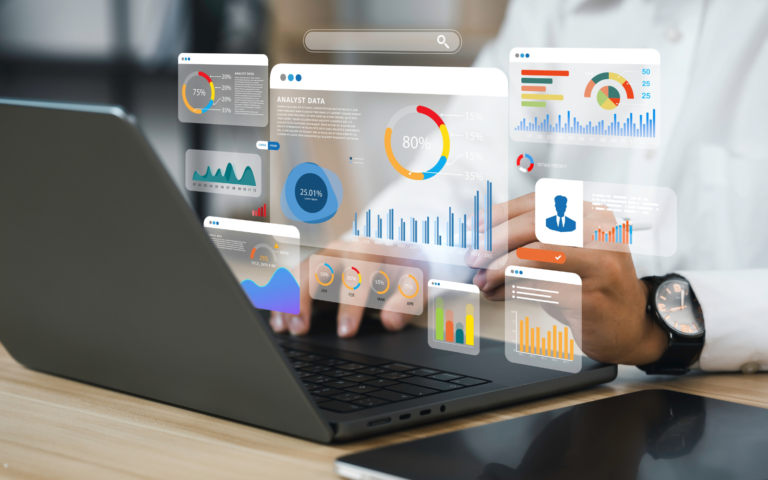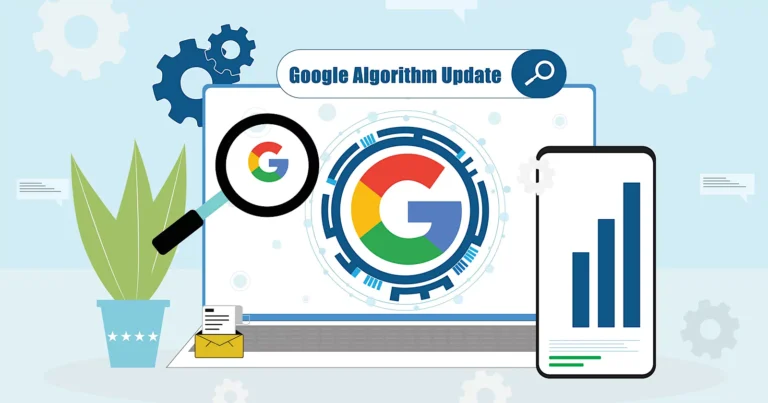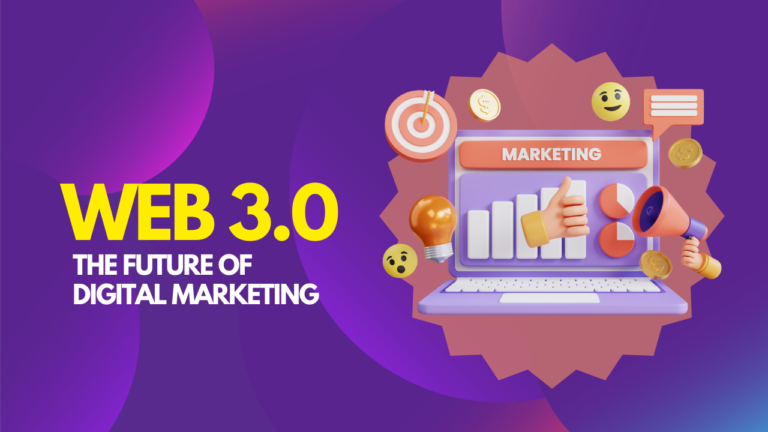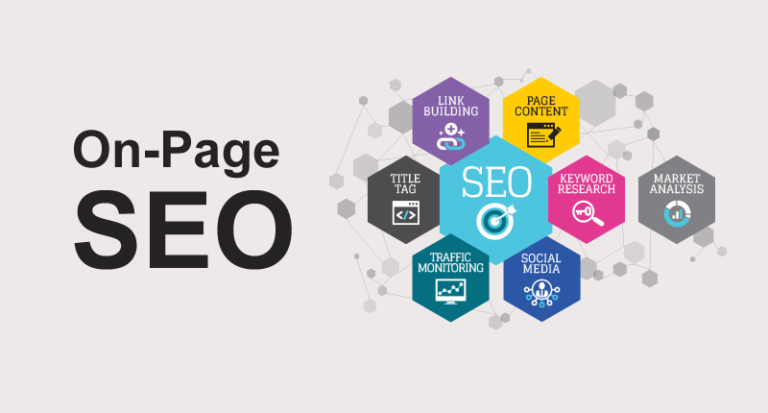Emerging Trends in Digital Marketing: A Focus on Newer Tools, Algorithms, and Strategies for 2025
As we move toward 2025, the digital marketing landscape continues to evolve rapidly, driven by advancements in technology, changing consumer behaviors, and innovative marketing strategies. Staying ahead of these trends is essential for businesses aiming to maintain a competitive edge.

In this article, we explore the top emerging trends in digital marketing for 2025, focusing on the tools, algorithms, and strategies that many businesses may not yet fully understand.
AI-Driven Hyper-Personalization and Predictive Analytics
Artificial intelligence (AI) is taking personalization to a new level in 2025. No longer limited to segmenting customers into broad categories, AI now leverages predictive analytics to anticipate individual customer behaviors. This allows businesses to deliver content, products, and services that meet specific customer needs in real time.
Emerging Tools: AI-powered platforms like HubSpot and Salesforce are becoming increasingly sophisticated, integrating AI to automatically tailor marketing messages, product recommendations, and website experiences for each visitor.
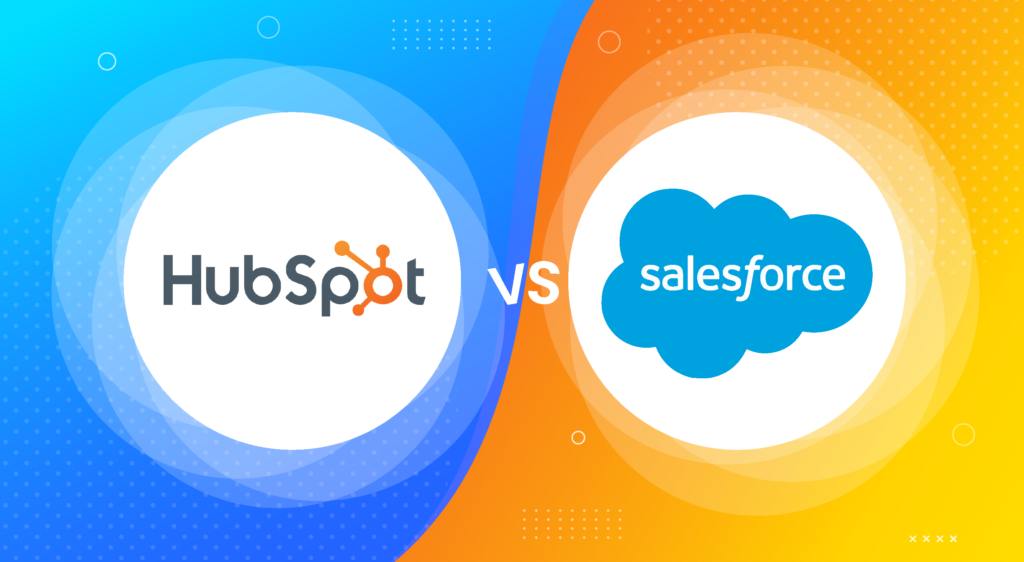
Action Step: Invest in AI-driven personalization tools that enable predictive modeling to create highly customized marketing campaigns. These tools will help you automate personalized emails, web pages, and social media interactions based on user behavior.
Programmatic Advertising and Real-Time Bidding (RTB)
By 2025, programmatic advertising will be essential for digital marketing strategies. Powered by machine learning, programmatic advertising uses real-time bidding (RTB) to automatically place ads in front of the most relevant audiences. This reduces the cost of advertising by only bidding on users who are likely to convert, ensuring greater efficiency and higher ROI.
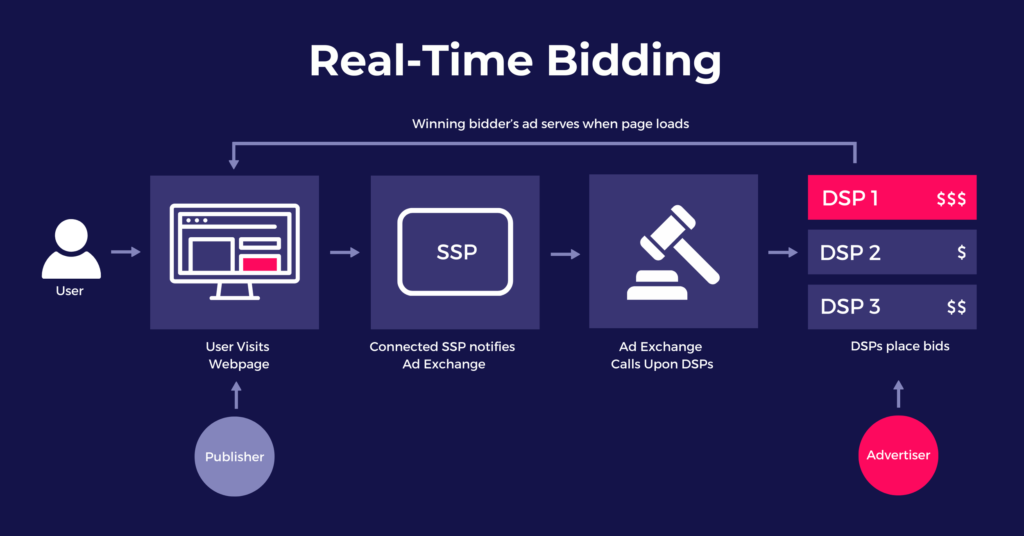
Key Algorithms: Machine learning will optimize ad placement, allowing businesses to target the right users at the right time with minimal human input.
Action Step: Leverage programmatic ad platforms like Google Ads or The Trade Desk to automate and enhance your ad campaigns, ensuring that you’re targeting the most relevant audience in real time.
The Cookieless Future and First-Party Data Strategies
As third-party cookies become obsolete by the end of 2024, businesses will need to rely heavily on first-party data strategies in 2025. Collecting data directly from customers—through website interactions, email subscriptions, and loyalty programs—will become critical to maintaining effective targeting and personalization.
Emerging Strategies: Use Customer Data Platforms (CDPs) to consolidate and analyze first-party data across all channels, providing a unified view of each customer.
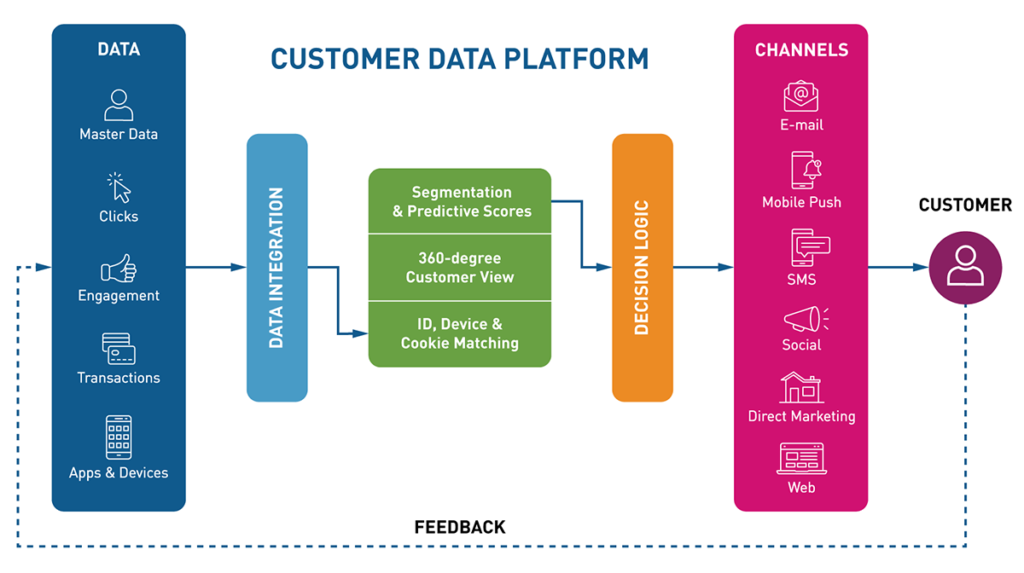
Action Step: Develop a robust first-party data collection strategy. Engage users through value-based incentives like personalized offers, and use platforms like Segment or Tealium to consolidate and act on this data for better targeting.
Voice Search Optimization
With the continued rise of voice-activated assistants such as Amazon’s Alexa, Apple’s Siri, and Google Assistant, voice search optimization will be a key priority in 2025. Consumers are increasingly using natural language queries, which means marketers must adapt their SEO strategies to rank for conversational keywords.
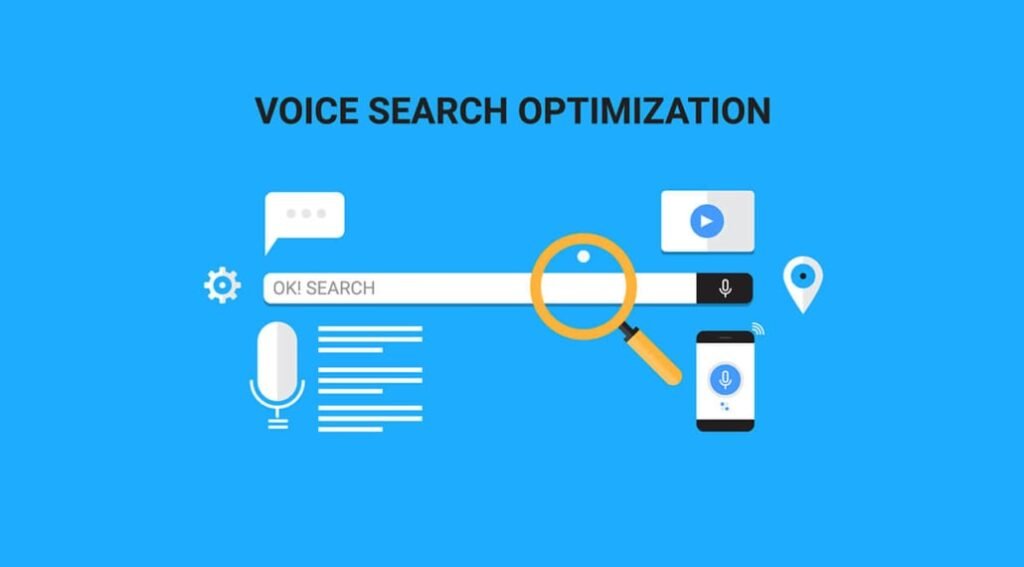
Emerging Tools: SEO platforms like SEMRush and Ahrefs are already incorporating voice search analytics to help businesses optimize their content for voice queries.

Action Step: Ensure your content is optimized for voice search by focusing on long-tail keywords and creating concise, conversational content that answers specific questions users might ask through voice search.
Augmented Reality (AR) and Virtual Reality (VR) Marketing
AR and VR technologies will take center stage in 2025 as brands seek to offer immersive experiences that engage users in new and interactive ways. Whether through virtual try-ons in the retail sector or interactive product demos in B2B marketing, AR and VR will allow businesses to showcase their products in a more engaging, hands-on manner.
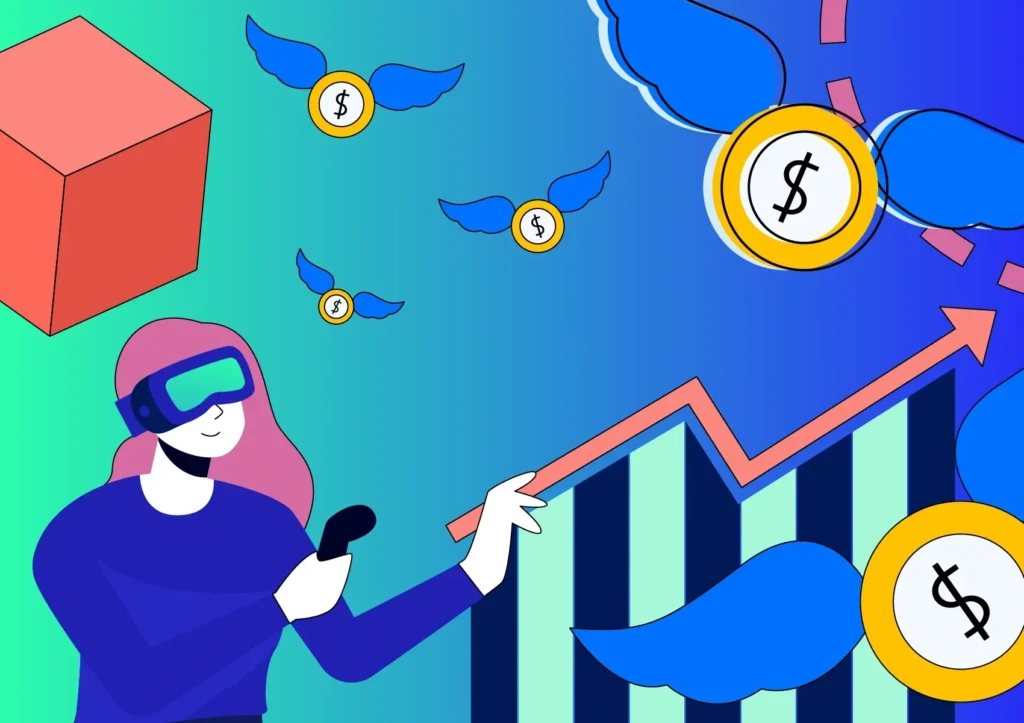
Use Case: Retailers like IKEA and Sephora already use AR apps to let customers visualize products in their homes or try on makeup virtually.
Action Step: Explore AR and VR marketing platforms such as Snapchat’s Lens Studio or Facebook’s Spark AR to create interactive, immersive experiences that enhance customer engagement and decision-making.
Blockchain for Marketing Transparency
Blockchain technology is revolutionizing digital marketing by enhancing transparency, security, and trust. By 2025, blockchain will be widely used to track the provenance of ads and ensure that digital assets like ad impressions are authentic and free from fraud . This technology also allows consumers to control their personal data, building trust with privacy-conscious users.
New Tools: Blockchain-based platforms such as AdChain will help verify digital ads, ensuring that marketers are reaching real audiences and not falling victim to fraudulent activity.

Action Step: Invest in blockchain solutions to verify your ad performance, increase transparency in your campaigns, and build trust with consumers concerned about data privacy.
The Rise of Generative AI in Content Creation
By 2025, Generative AI will play a major role in content creation. With tools like GPT-4 and similar technologies, businesses can automate the generation of text, video, and even audio content. These tools will help marketers produce large volumes of high-quality, personalized content efficiently.
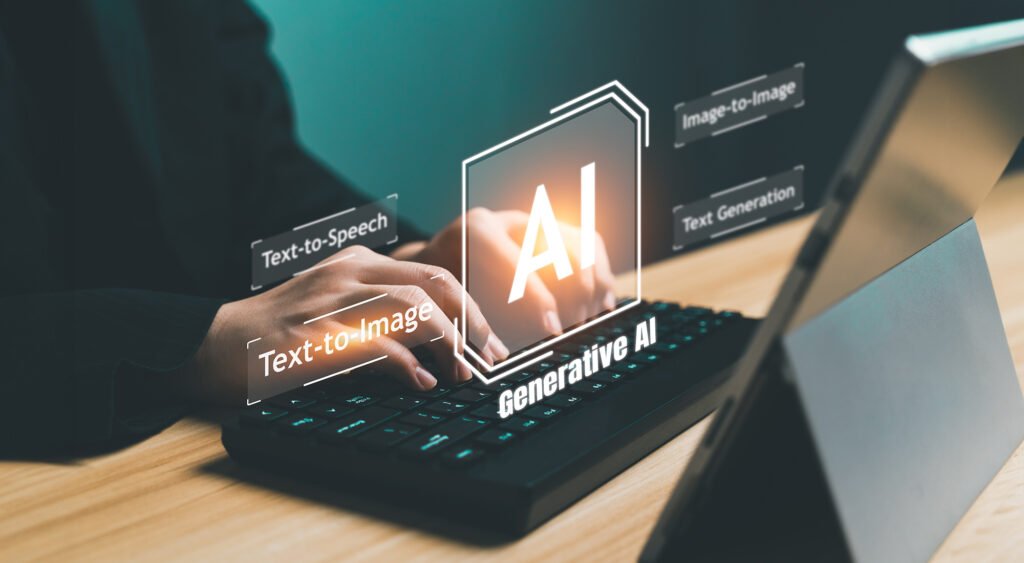
Action Step: Start incorporating AI-driven content creation platforms like Copy.ai or Jasper into your strategy to scale your content marketing efforts while maintaining quality.
Sustainability as a Core Marketing Message
As environmental consciousness grows, brands that prioritize sustainability will have a competitive advantage in 2025. Consumers are increasingly aligning with companies that promote eco-friendly practices, from sustainable sourcing to carbon-neutral initiatives.
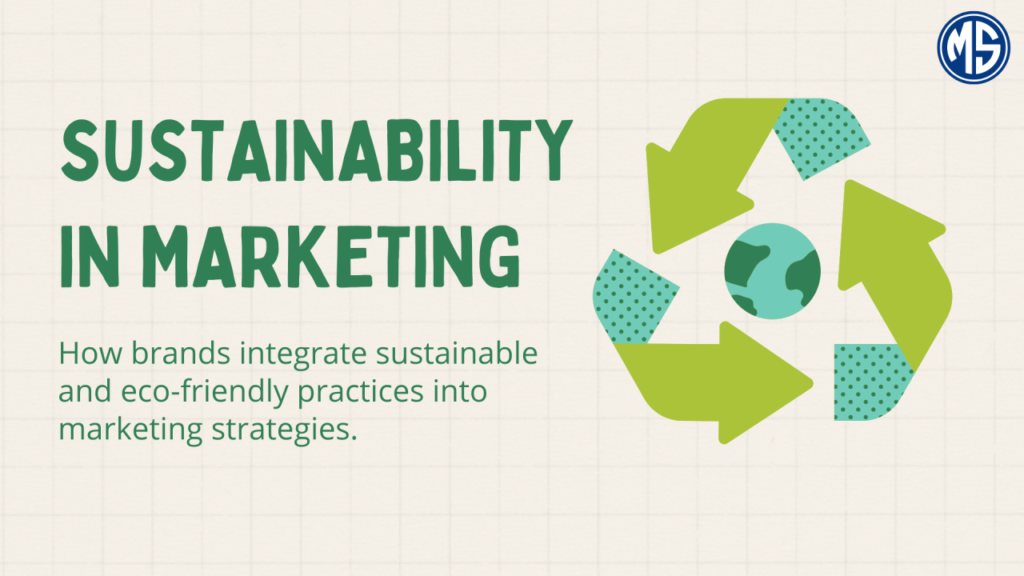
Action Step: Ensure that your sustainability efforts are a central part of your marketing messaging. Showcase your eco-friendly practices, whether it’s through content marketing, social media, or your product offerings, to appeal to ethically-minded consumers.
Social Commerce and Shoppable Content
By 2025, social commerce—where users can make purchases directly within social media platforms—will be a core part of the eCommerce landscape. Platforms like Instagram, TikTok, and Pinterest are leading this trend, offering seamless shopping experiences directly within their apps.
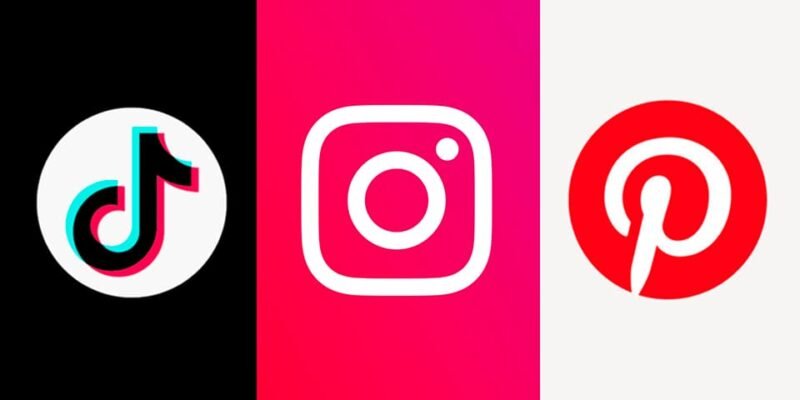
Action Step: Integrate shoppable content into your social media strategy. Use tools like Instagram Shopping and Pinterest Shop to create posts where users can purchase products without leaving the platform.
Interactive and Gamified Content
Interactive content like quizzes, polls, and gamified experiences will be essential for engaging users in 2025. These types of content not only increase user interaction but also provide valuable data that can inform more personalized marketing efforts.

Action Step: Incorporate interactive content into your campaigns. Tools like Typeform for quizzes or Kahoot for gamified experiences can enhance user engagement and create a more immersive brand experience.
5G-Powered Marketing and IoT Integration
The widespread adoption of 5G and the growth of the Internet of Things (IoT) in 2025 will allow for faster data transfer and more precise location-based marketing. These technologies will enable marketers to create richer, real-time experiences that respond to users’ environments.
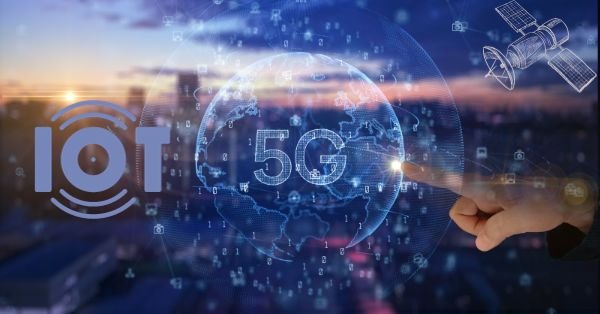
Action Step: Optimize your mobile and location-based marketing strategies to take advantage of 5G’s speed and the interconnected data available through IoT devices.
Inclusivity and Diversity in Marketing
In 2025, inclusivity and diversity will no longer be a trend but a necessity. Consumers increasingly expect brands to authentically represent diverse perspectives and communities in their marketing.

Action Step: Audit your content and ensure that it reflects a diverse range of cultures and identities. Authentic inclusivity will resonate with audiences and foster brand loyalty.
Conclusion
The digital marketing landscape in 2025 will be defined by technological innovation, data-driven personalization, and an increased focus on ethical practices. Marketers who adopt these emerging tools, algorithms, and strategies will be well-positioned to succeed in an increasingly competitive digital environment. Staying ahead of these trends will be crucial for businesses seeking to connect with modern consumers effectively.
Frequently Asked Questions (FAQs)
Disclosure: Our blog contains affiliate links to products. We may receive a commission for purchases made through these links. However, this does not impact our reviews and comparisons. We try our best to keep things fair and balanced, in order to help you make the best choice for you.


